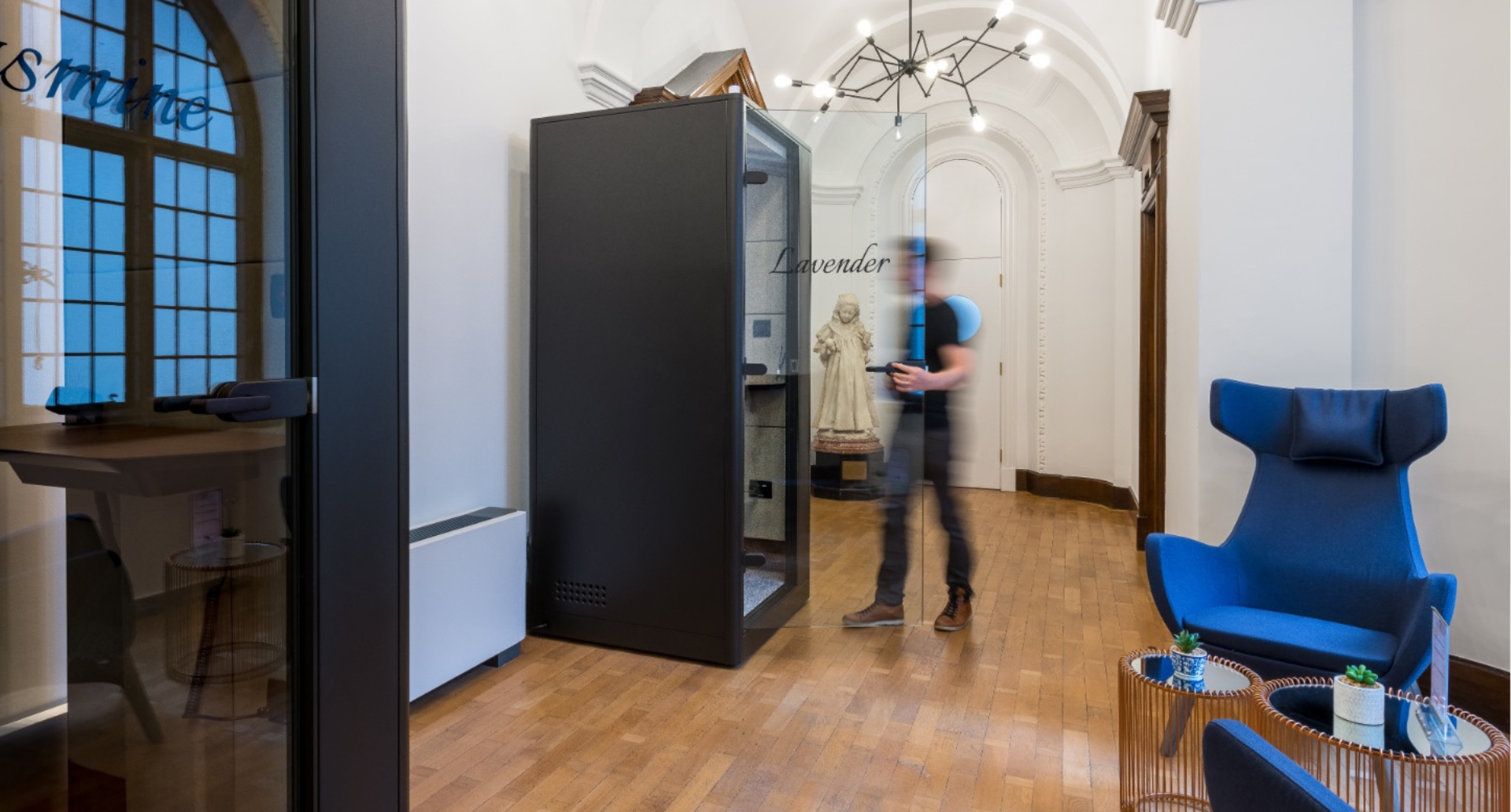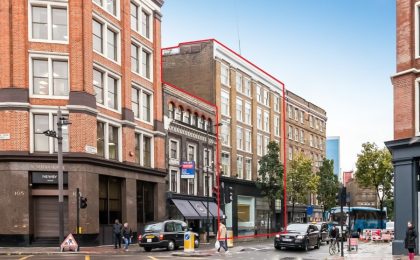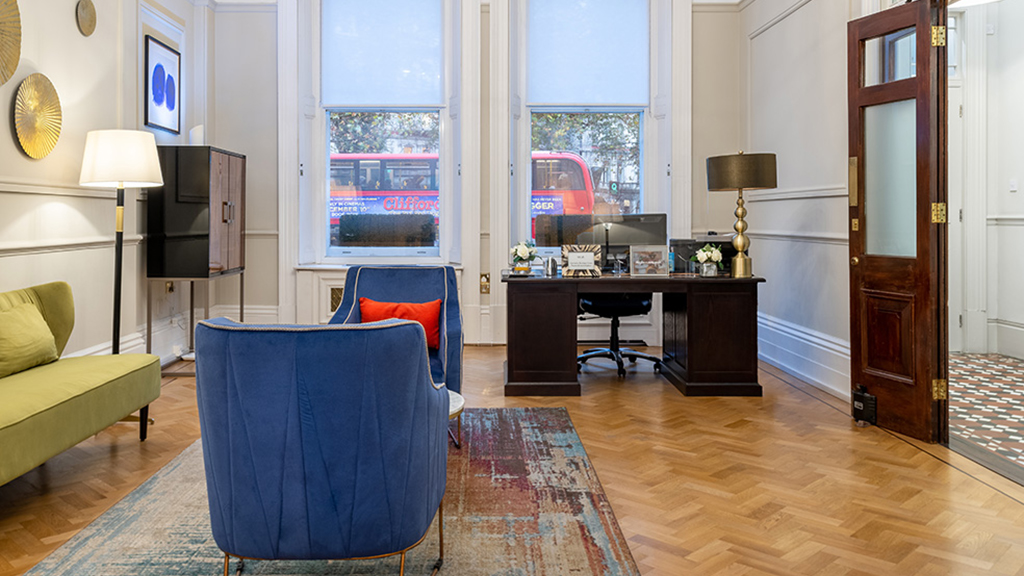
Despite the name, a workplace really is more than just a place to work. It’s deeply involved in your business’s productivity, your employees’ happiness, the health of your finances, and your overall company culture.
Accordingly, it’s a good idea to think about your workplace strategically. This means making decisions based on long-term goals, rather than immediate need-fulfilment. In this post, we’ll explain exactly how you can do that by building a new workplace strategy.
What is workplace strategy?
Workplace strategy aims to align your work environment with your business goals. In other words, it’s a way to make sure that your workplace is a good fit for your business’s unique objectives, ambitions, and, most importantly, your employees.
There’s no one ‘correct’ workplace strategy to adopt. Every business has differences that affect what their perfect workplace strategy looks like.
For example, a medium-sized business that wants to increase their flexibility and reduce their office responsibilities might decide a flexible serviced office is the ideal option. On the other hand, a small business of five employees who want to cut costs and get the maximum level of flexibility might adopt a workplace strategy that pushes them towards using hot desks in a collaborative workspace.
And creating a workplace strategy doesn’t just mean deciding what kind of workplace is the best fit for your business. It also involves figuring out what tools you’ll need to make the most of your workplace and how your company culture needs to adapt.
After carrying out a workplace strategy review, the result should be that you know what changes you need to make to your business’s workplace or working habits to improve how effectively or efficiently you’re able to operate.
How to define your workplace strategy
Getting your workplace strategy right can pay huge dividends in the form of happier employees, increased productivity, and reduced operating costs. You can develop your own workplace strategy in four simple steps.
Figure out your objectives
First things first, you need to determine what you’re actually trying to achieve with your workplace strategy. This step will influence everything else you do in the workplace strategy process, so it’s important to get right.
To start, think about what challenges your business faces that relate to where or how you work. Then, move on to figure out how those challenges might impact your long-term overall business strategy.
You might, for instance, want to ensure your business can react more quickly to events like the COVID pandemic in future. And as a result you could want to embrace the move towards flexible working and escape long, restrictive leases.
Alternatively, you might have recognised that your current workplace strategy isn’t well-liked by your employees and is affecting their productivity, so you want to make a change for the better.
Get your employees involved
Since your workplace strategy will affect your employees more than anyone else, it’s important that you get them involved in the process.
This can be as simple as asking them what they think, which you can do one-by-one or in a company-wide survey. Ask questions like:
- What works in our current workplace setup?
- What could be improved in our next workplace?
- What workplace amenities do you most highly value?
- How many days a week would you work in the office, ideally?
- Do you have any other thoughts about our workplace strategy?
The answers to these questions will help you develop a stronger idea of how your workplace strategy needs to change to meet your employees’ needs. And you’ll also be able to read between the lines to figure out how your company culture might need to adapt to suit a new workplace strategy.
Analyse your current approach
Next, it’s time to think about your current working arrangement and figure out what works and what doesn’t.
This is an important step because it’s unlikely that your current workplace strategy is a million miles away from your perfect one. By analysing how well your current workplace meets the objectives you set out in the first step, you’ll be able to get an idea of where you need to make the biggest improvements in your next move.
Use this list of prompts to get a head-start on the process:
- How many people does your current workplace have capacity for, and is that enough for your medium to long term growth plans?
- What’s the total cost of your current workplace, and the cost per square foot? What percentage of your revenue does it cost?
- What amenities does your workplace offer, and how often do you use them? Which amenities aren’t offered, that you have to source externally?
- How far away, on average are your current employees from your workplace? What’s their average commute time?
Additional questions to ask yourself will depend on how you currently work. If you have a hybrid working policy, for instance, you might want to think about how many days in the office has worked best for you in the past.
Make notes of all your answers and highlight the key benefits and drawbacks of your current workplace strategy.
Build your new approach
Finally, with all of the information you’ve gathered from the previous three steps, you’ll be ready to build and enact a new workplace strategy.
Put all of your findings together and absorb what you can from them. Compare your aims with the performance of your current workplace strategy and see where there are shortfalls.
At the end of this process, you should have a strong idea of what kind of workplace will suit you best, where it should be, and how you’ll use it (on a hybrid basis versus full-time, for example).
Then, you can move on to the practical side – actually choosing a new workplace to move to.
And remember, depending on your choice, you might need to do some work to adapt your company culture, working habits, or tech stack to suit your new base. Don’t consider the process finished when you move in to your new office or coworking space, spend the first few months refining your strategy to make sure its serving your aims.
Start updating your workplace strategy today
There are a lot of benefits to be had by updating your workplace strategy, from reduced costs to increased productivity. Use the simple four-step guide above to get started on the process today, and you’ll be able to reap the rewards in no time at all.
And when it comes time to look for your new workplace, start by browsing the range of serviced offices and coworking spaces across London and the UK in The Boutique Collection. They’re designed specifically for businesses that want more from their workplace, and there’s an option suitable for every type of workplace strategy.
You can also read our guide to choosing the right office space location for more on how to handle the process.
Related Posts

Jun 07 2017
New Centre Opening: Clerkenwell Road office space
Please stop looking so pleased with yourselves, it’s very un-British. We’re supposed to be in a spiral of despair about Brexit, Trump and now the snap election -...
Read more
Dec 12 2022
What Is A Serviced Office? The Benefits & Who They’re For
What is a serviced office?
A serviced office is an office that’s equipped and managed by a...
Read more
Apr 07 2017
Planning a B2B Event
If you’re thinking about hosting a B2B event but don't quite know where to start, look no further. Follow this advice and you’ll be throwing the most tip-top soiree of the...
Read more



